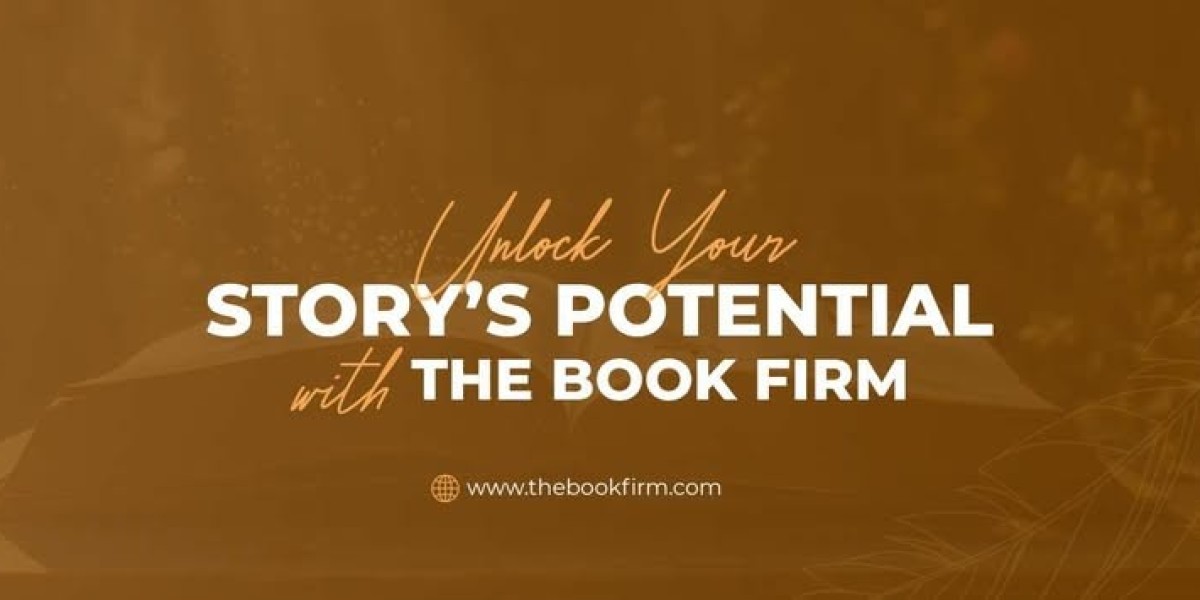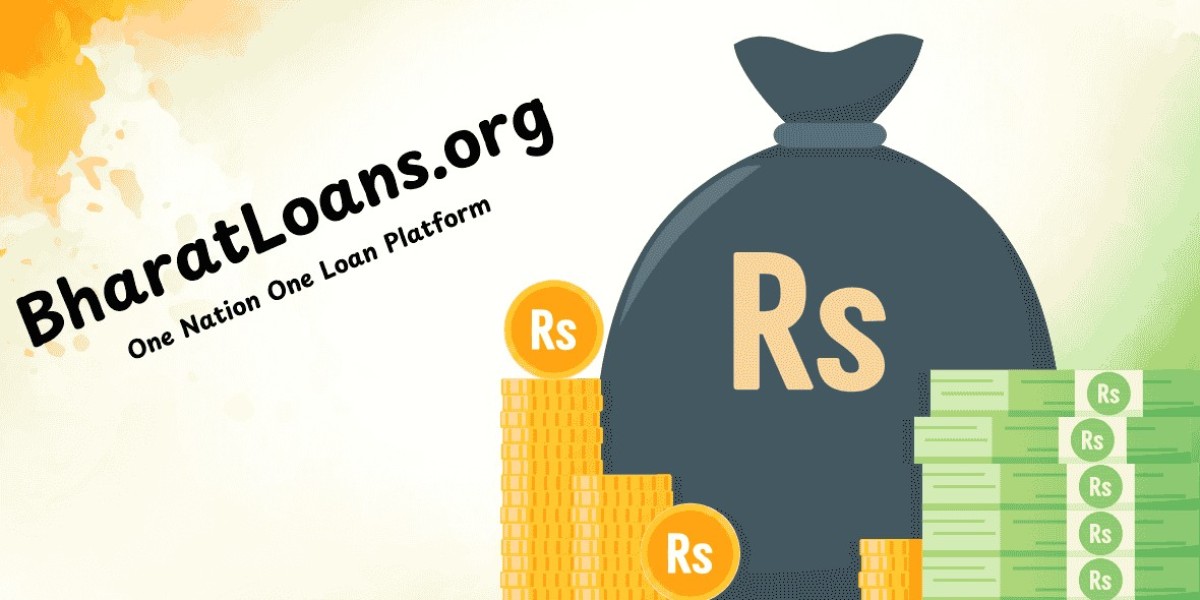What is Self-Publishing on Amazon?
Self-publishing on Amazon refers to the process of independently publishing your book through Amazon's Kindle Direct Publishing (KDP) platform. KDP allows authors to upload their manuscripts, format them for Kindle eBooks and print-on-demand paperbacks, and distribute them worldwide through Amazon’s vast marketplace. Authors who choose this route retain full control over their work, including setting the price, creating the cover, and choosing the book's categories and keywords.
Unlike traditional publishing, which typically involves finding an agent, securing a publishing deal, and waiting for months or even years to see your book in stores, self-publishing on Amazon offers a more immediate and direct way for authors to reach readers.
The Benefits of Self-Publishing on Amazon
Self-publishing on Amazon provides numerous advantages, particularly for authors who want to retain creative control and increase their earning potential. Below are some of the key benefits:
1. Creative Control
One of the most significant benefits of self-publishing on Amazon is that authors maintain complete creative control over their work. From the content and cover design to the book's pricing, authors can make decisions without needing approval from a publisher. This control also extends to marketing and promotional efforts, allowing authors to experiment with different strategies to see what works best for their book.
2. Global Reach and Accessibility
Amazon has a vast global marketplace that attracts millions of readers from all over the world. With Kindle Direct Publishing, authors can make their books available to readers in over 100 countries. Amazon's reach extends to both Kindle eBooks and paperback books, and the platform provides tools for authors to access and manage their international sales.
3. No Upfront Costs
Traditional publishing often requires authors to invest in agents, editors, and sometimes even self-promotion. In contrast, self-publishing on Amazon involves little to no upfront costs. Kindle Direct Publishing is free to use, and authors only pay for printing costs if they choose to publish a paperback through Amazon's Print on Demand service. This makes self-publishing on Amazon an affordable option for authors who don’t have significant financial resources to invest in their books.
4. Royalties and Earning Potential
Amazon’s KDP platform offers competitive royalty rates, which can be much higher than those offered by traditional publishers. Authors can earn up to 70% royalty on Kindle eBook sales, depending on the pricing model and the book’s distribution options. Additionally, authors can set their own prices for both eBooks and paperbacks, allowing them to adjust pricing to match market demand and maximize earnings.
5. Quick Publishing Process
With traditional publishing, authors often face lengthy waiting periods between submitting their manuscripts and seeing their books on shelves. Self-publishing on Amazon offers a much quicker turnaround. Once an author uploads their manuscript and cover, it typically takes less than 72 hours for the book to become available for purchase. This quick publishing process enables authors to reach readers almost immediately.
How to Self-Publish on Amazon: Step-by-Step Guide
The process of self-publishing on Amazon through Kindle Direct Publishing is relatively straightforward. Below is a step-by-step guide to help you navigate the process:
1. Prepare Your Manuscript
Before you begin the publishing process, ensure your manuscript is polished and ready for publication. Consider hiring an editor to proofread and format your work for a professional finish. A well-edited manuscript will significantly improve your chances of success.
Additionally, make sure your manuscript is properly formatted for both Kindle eBook and print versions (if you choose to publish a paperback). Amazon provides specific guidelines for formatting, which include instructions for formatting the text, margins, font sizes, and more. You can also use formatting tools like Scrivener, Vellum, or hire professional formatters if needed.
2. Create an Amazon KDP Account
To publish on Amazon, you need a Kindle Direct Publishing (KDP) account. If you don’t already have an Amazon account, you’ll need to create one. Once your account is set up, you can log into KDP and begin the publishing process. Your KDP account will also track your sales and royalties, so you’ll be able to manage your book’s progress.
3. Upload Your Manuscript and Cover
Once your manuscript is ready, you can upload it to your KDP account. The platform accepts several file types for eBook submission, including .doc, .docx, .epub, and .mobi. For paperbacks, you will need to upload a print-ready PDF.
Amazon also requires a book cover, which is an essential element in attracting readers. You can create your cover using tools like Canva, or hire a professional designer. Ensure that your cover is high quality, eye-catching, and appropriate for the genre.
4. Set Your Book’s Details
Next, you’ll need to enter your book’s details. This includes the title, author name, description, keywords, and categories. The description is your chance to sell your book, so make sure it’s engaging and clear. You will also need to choose relevant keywords to help readers find your book when searching on Amazon.
You will also select the pricing for your book. For eBooks, Amazon offers royalty options of 35% or 70%, depending on the price range you set. For paperbacks, you’ll need to set a price that covers printing costs while ensuring a reasonable royalty for each sale.
5. Choose Distribution Options
Amazon offers several distribution options. You can choose to make your book available only on Amazon or opt for wider distribution to other platforms, including Barnes & Noble, Apple Books, and more. You can also enroll your book in Kindle Unlimited (KU), a subscription service where members can borrow your book, earning you royalties based on pages read.
6. Publish and Promote
Once everything is set up, hit the "Publish" button, and your book will be live on Amazon within 72 hours. The next step is promotion. Since self-publishing on Amazon puts the marketing responsibility on the author, you will need to promote your book to generate sales. Here are some effective marketing strategies:
Leverage Amazon’s Marketing Tools: Amazon provides tools like Kindle Countdown Deals and Free Book Promotions (if enrolled in KDP Select) to help you boost visibility. You can also run Amazon ads to target readers who may be interested in your book.
Build an Author Platform: Establish an online presence through social media, a website, or a blog. Engage with readers, provide updates, and create a community around your work.
Get Reviews: Positive reviews can significantly improve your book’s visibility on Amazon. Encourage readers to leave reviews and seek out book bloggers or influencers who can review your book.
Utilize Email Marketing: Build an email list of interested readers and notify them when your book is released or when you have promotions.
Challenges of Self-Publishing on Amazon
While self-publishing on Amazon offers many benefits, it also comes with challenges that authors should consider:
High Competition: With millions of books available on Amazon, standing out can be difficult. To succeed, authors need to consistently produce high-quality work, market their books effectively, and build a loyal reader base.
Marketing Responsibility: Unlike traditional publishers, Amazon doesn’t provide marketing support. Authors are responsible for promoting their books and driving sales. This can be time-consuming and may require investment in advertising or professional services.
Royalties vs. Pricing: While Amazon offers a competitive royalty structure, authors must carefully balance pricing with royalties. Pricing too high or too low can impact sales and royalties, so it's essential to experiment and find the optimal price point.
Conclusion
Self-publishing on Amazon has opened up exciting opportunities for authors to reach a global audience, retain creative control, and potentially earn significant royalties. By following the steps outlined in this guide, authors can successfully publish their books on Amazon, take advantage of the platform’s marketing tools, and start building their readership. While self-publishing on Amazon does come with its challenges, the rewards of maintaining creative control and earning direct royalties make it an appealing option for many authors. If you have a manuscript ready and are passionate about sharing your work with the world, self-publishing on Amazon could be your gateway to literary success.



